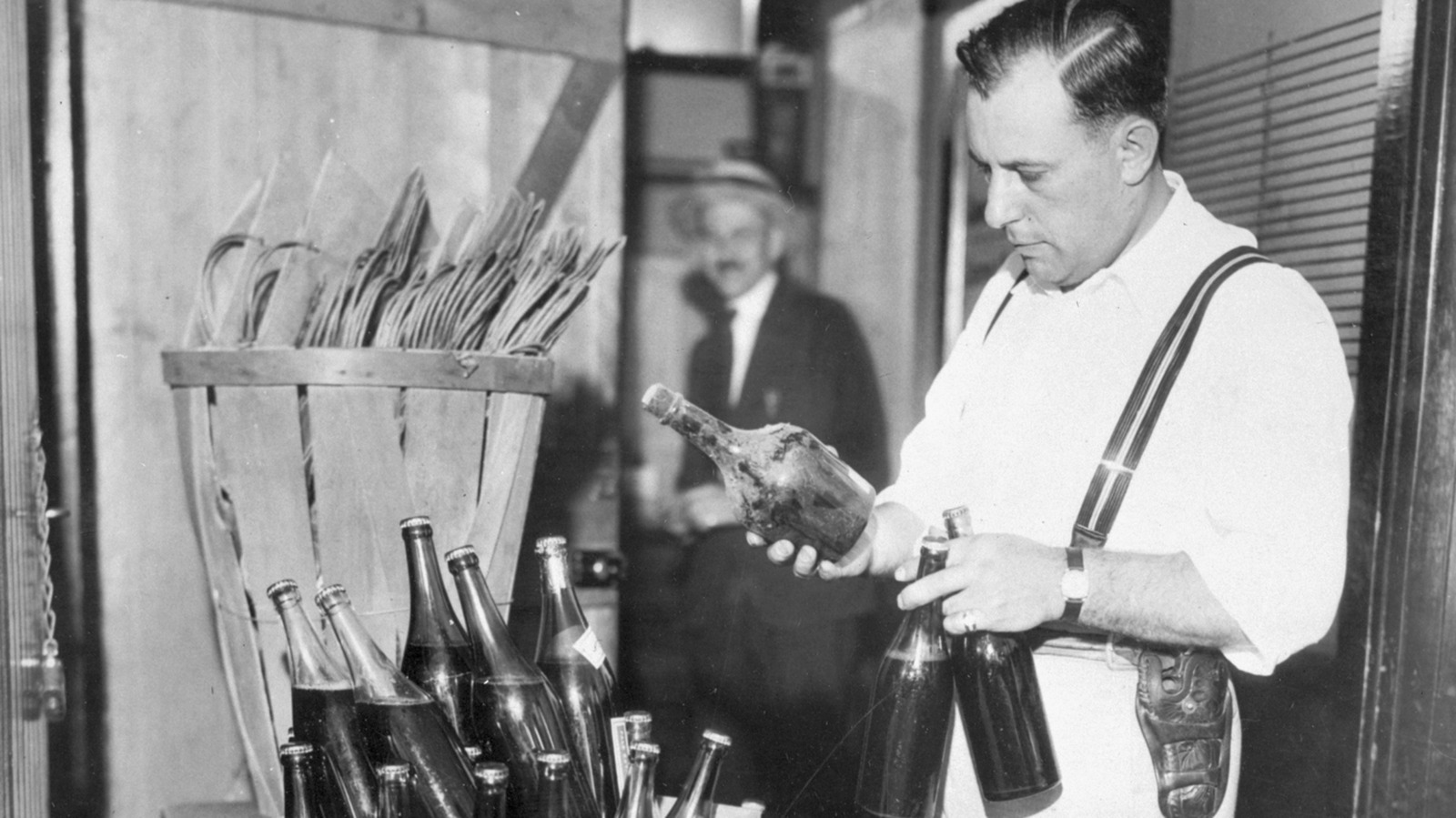
"Throughout America's notorious veto on alcohol, it was all about loopholes. Between speakeasies hidden behind unassuming storefronts (though there are still unique haunts worldwide today) and bathtub gin, creativity was at an all-time high. Many distilled their own lethal concoctions from home, while others sought approval from religious institutions for sacramental wine or pleaded for a whiskey prescription from their doctor. Just a few years into Prohibition, America discovered a legal way to flirt with the taboos, and everyone seemed to be in on it. The "grape brick" was a seemingly modest, concentrated grape juice block designed to make homemade juice, but it was also the secret to makeshift wine."
"The temperance movement didn't just ban alcohol sales. Prohibition hurt the U.S. by making everything surrounding alcohol illegal, including making it, drinking it, gifting it, and even supplying possible ingredients. Shady business practices were a dime a dozen, but a particularly ingenious one came from vineyards that were suddenly out of work. While they couldn't legally produce wine, they could sell non-alcoholic wine (grape juice) and leave the last wine-making steps up to the consumer. It came with specific instructions on how to avoid making wine, but in doing so, they subtly provided all of the steps to fermenting a nice red. The coy packaging was littered with warnings, essentially informing consumers that this brick was practically wine, so if you weren't careful, you might "accidentally" end up with a bottle."
Prohibition created widespread loopholes as people and businesses sought ways to obtain and make alcohol. Vineyards adapted by selling concentrated grape bricks marketed as non-alcoholic grape juice, leaving final steps to consumers. Packaging provided explicit warnings framed as negatives while implicitly outlining fermentation steps that could produce wine. The grape bricks allowed wineries to legally sell ingredients and preserve income despite bans on production and distribution. Labels such as Vino Sano and some products labeled 'wine bricks' signaled the intended use and helped consumers covertly recreate wine at home.
Read at Tasting Table
Unable to calculate read time
Collection
[
|
...
]